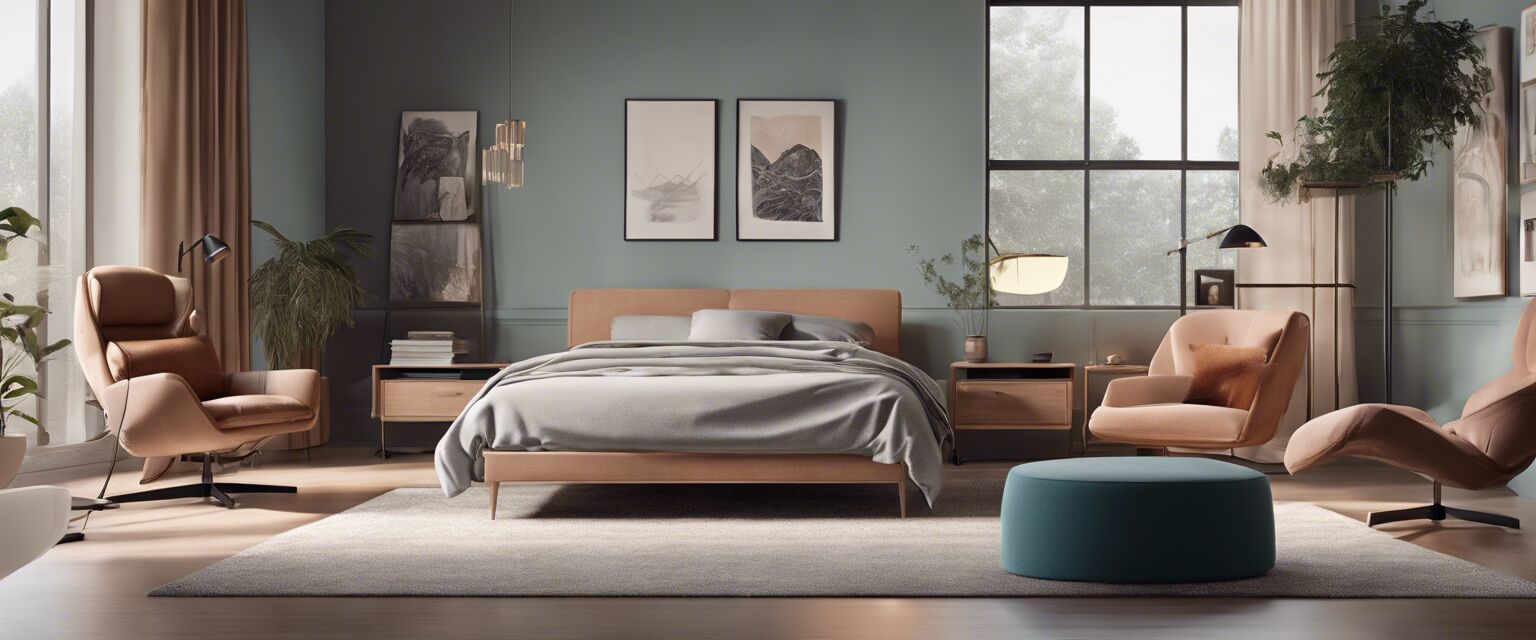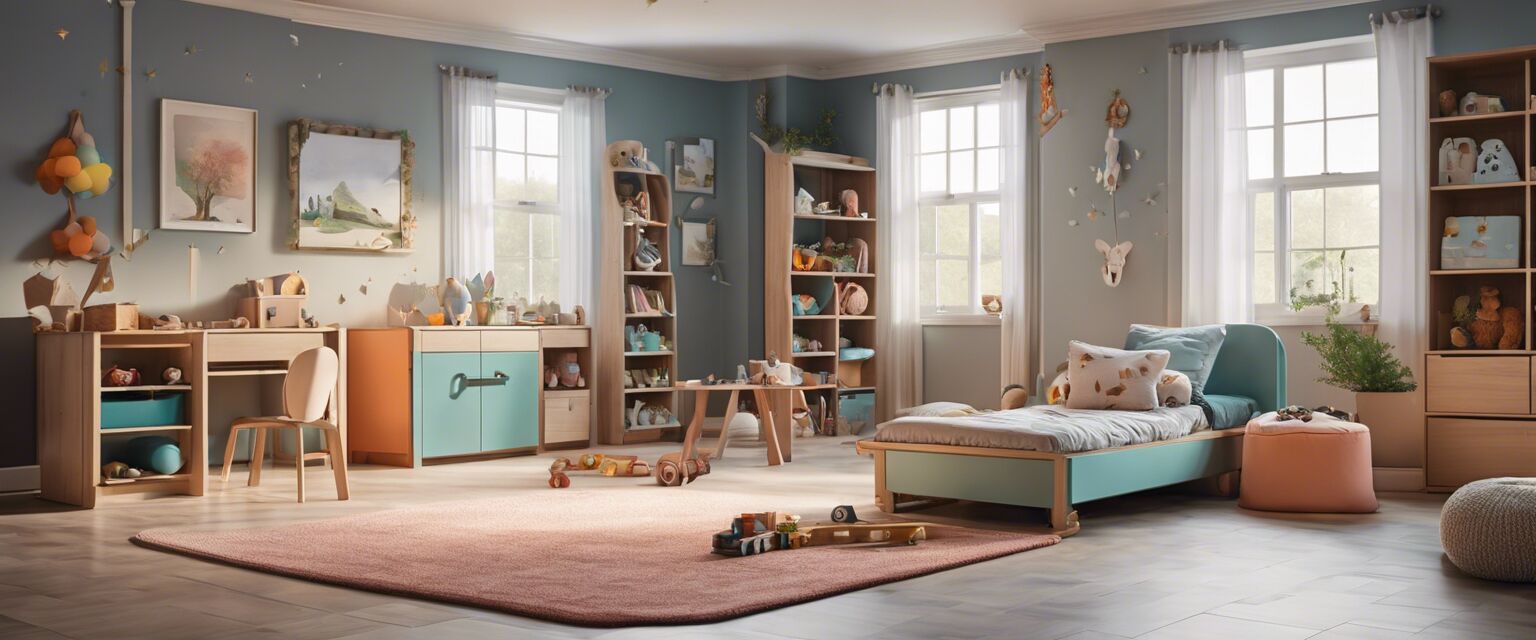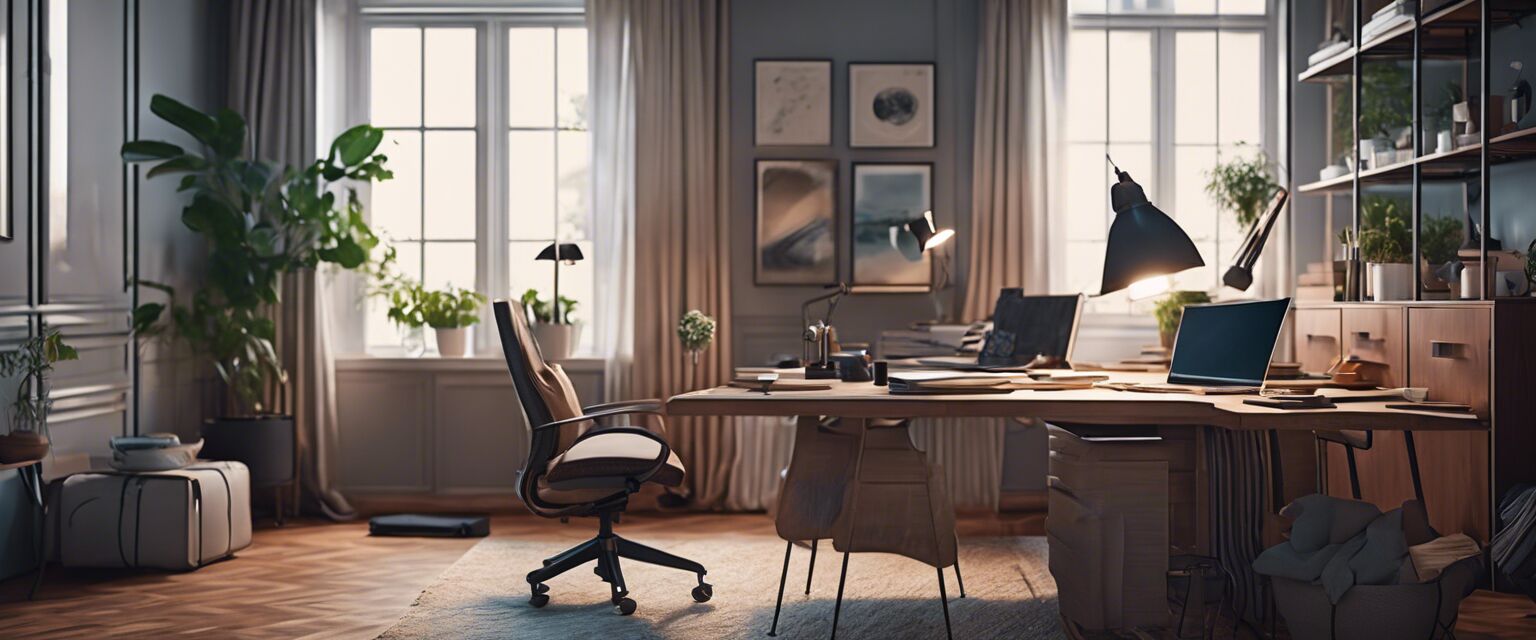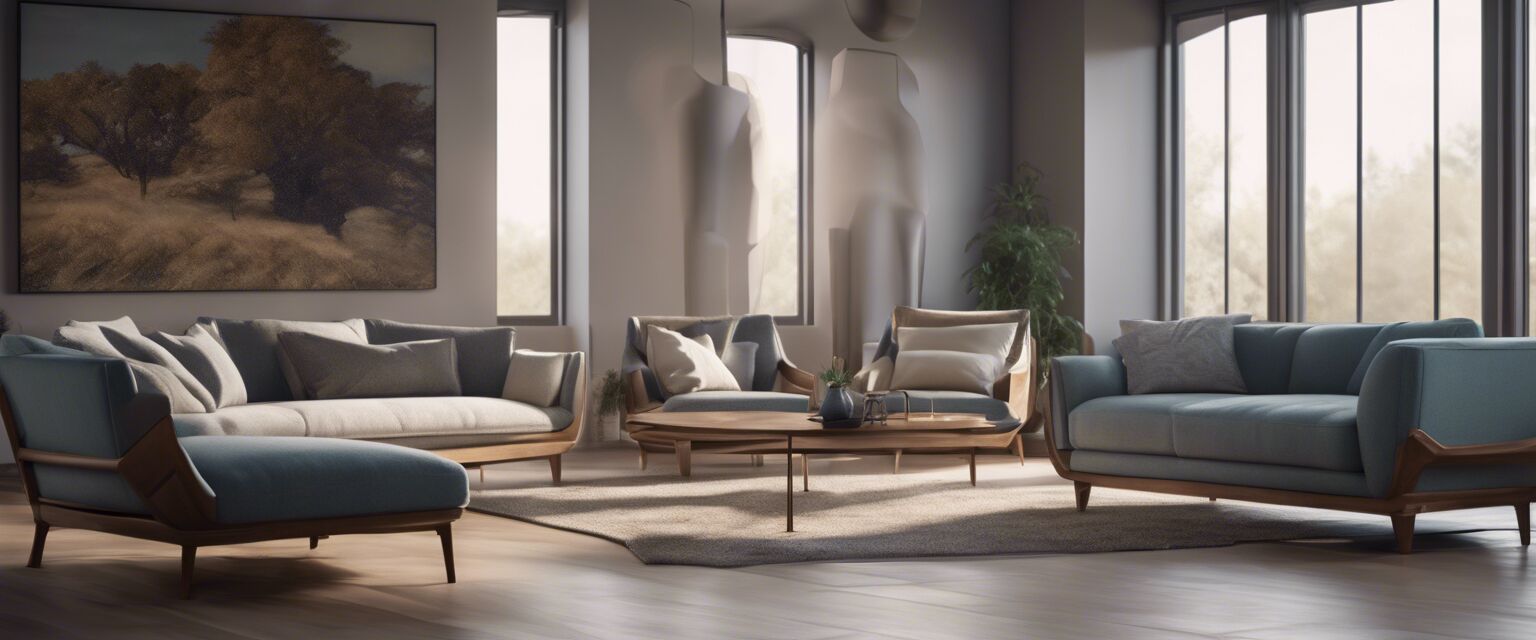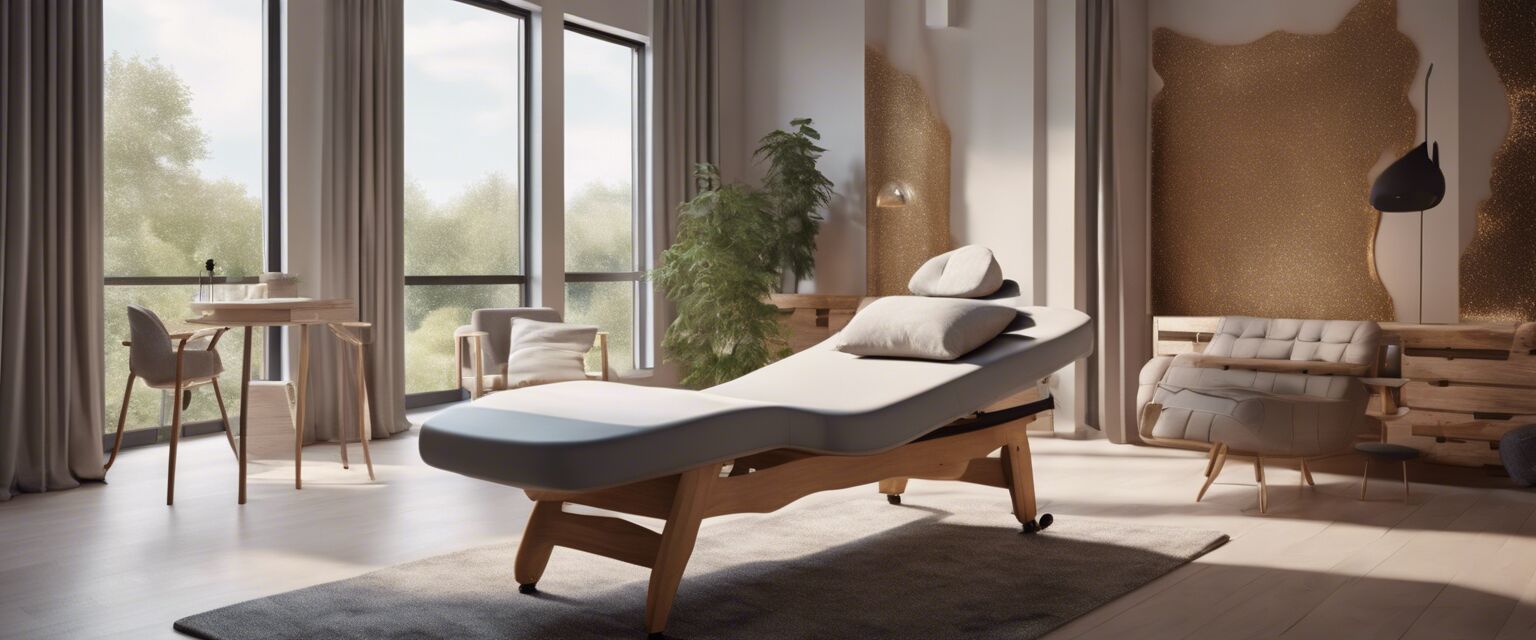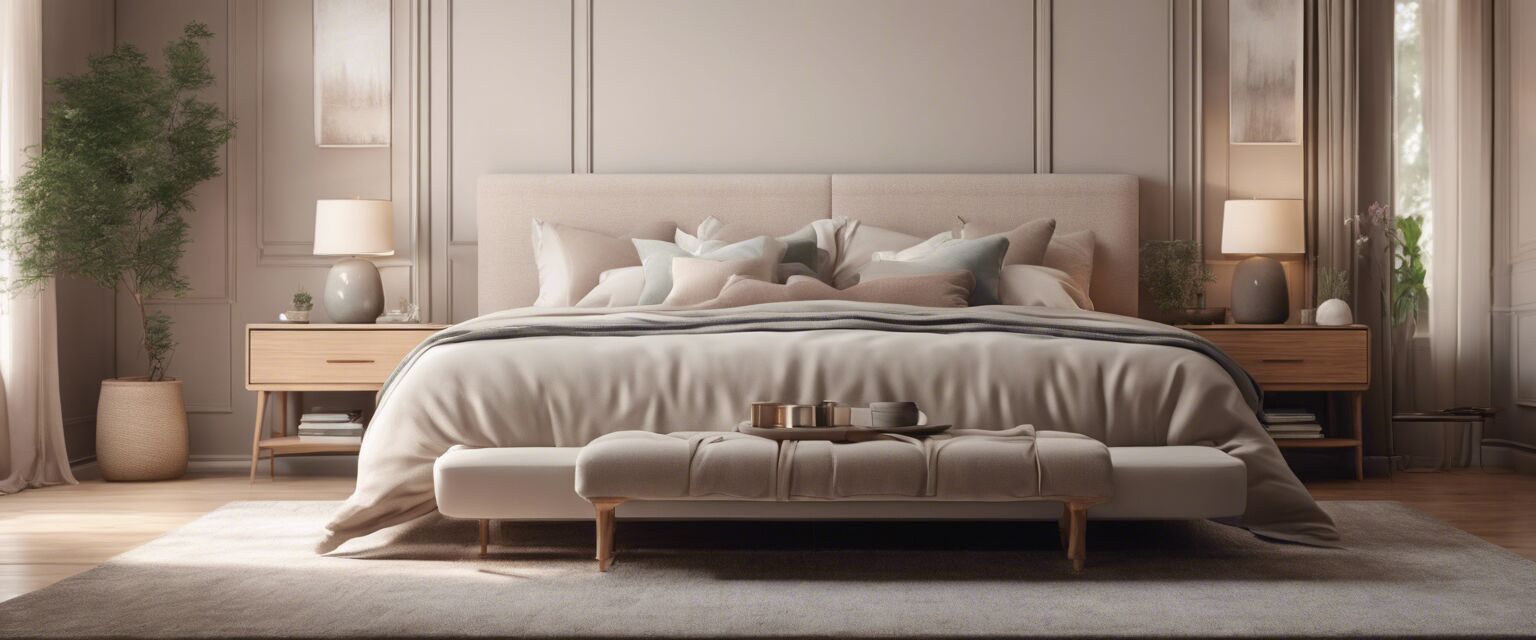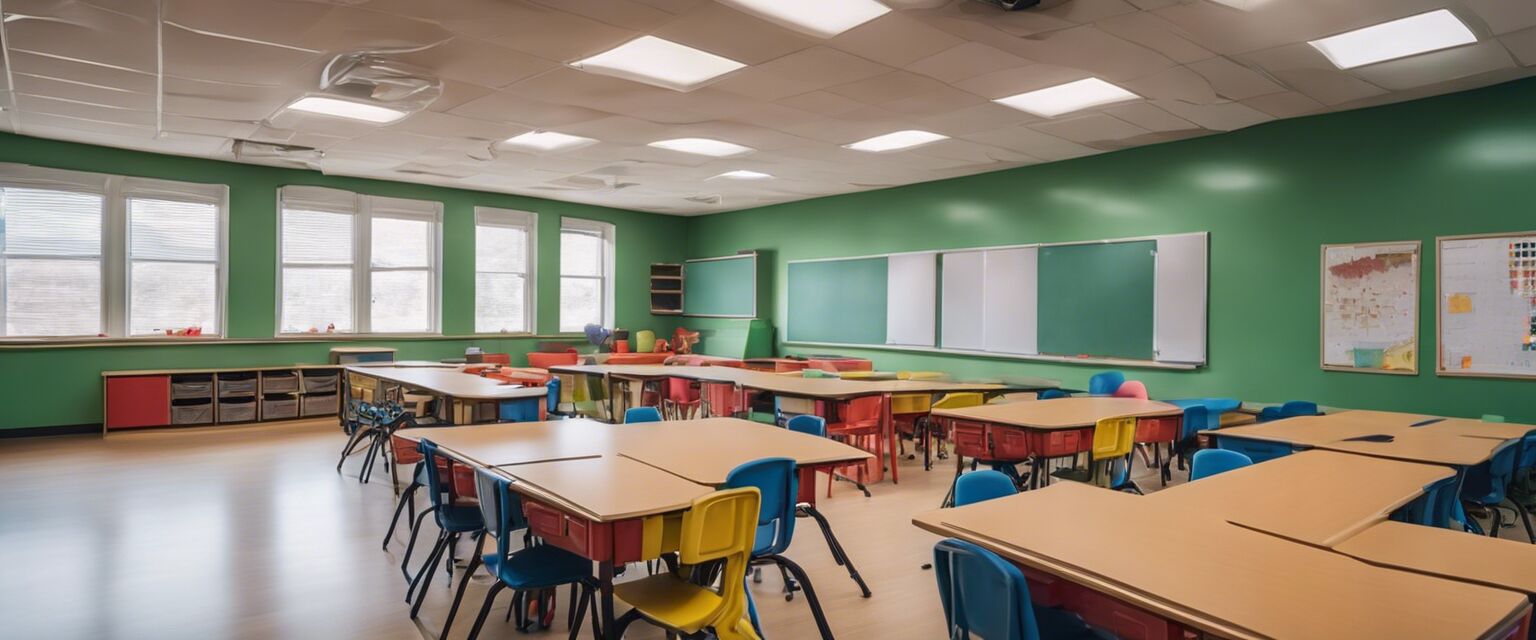
Specialized Classroom Furniture
Key takeaways
- Specialized furniture supports sensory needs and enhances learning.
- Furniture choices include calming beds, ergonomic desks, and sensory chairs.
- Creating a sensory-friendly environment can help reduce anxiety.
- Incorporating quiet room accessories can greatly benefit students.
- Adaptability and ergonomics are crucial for the comfort of students.
Classroom environments play a crucial role in the learning experience, especially for students with autism. The right furniture can make a significant impact by catering to sensory needs and enhancing focus. In this guide, we will explore various types of specialized classroom furniture that can create a more inclusive and supportive learning atmosphere.
Why is specialized classroom furniture important?
For students with autism, traditional classroom layouts and furniture can be overwhelming. It's essential to create a space where students can learn comfortably while minimizing sensory overload. By using furniture designed to meet these needs, educators can foster a more productive learning environment.
Benefits of specialized furniture
- Enhanced focus and concentration
- Reduced sensory overload
- Improved comfort and ergonomics
- Encouragement of collaboration and communication
Types of specialized classroom furniture
| Furniture Type | Description | Key Features |
|---|---|---|
| Calming Beds | Designed for relaxation and comfort. | Soft materials, calming colors, spatial separation. |
| Ergonomic Desks | Adjustable desks promoting good posture. | Height adjustability, spacious surface, supportive design. |
| Sensory Chairs | Chairs that offer sensory input and comfort. | Rocking motion, adjustable features, various textures. |
| Sensory Tables | Tables for sensory play and learning. | Different surfaces for tactile exploration. |
| Therapeutic Sofas | Comfortable seating options for relaxation. | Soft upholstery, quiet design, supportive shape. |
Calming beds
Calming beds are an excellent addition to any classroom. They provide a safe space for students to take breaks which can help manage feelings of anxiety. These beds are typically made from comfortable, soft materials and feature calming colors, which can be soothing.

Ergonomic desks
Ergonomic desks can significantly impact a student's learning experience. These desks are adjustable, allowing students to find the perfect height for their comfort. They promote good posture, helping to prevent ongoing discomfort during extended study sessions.
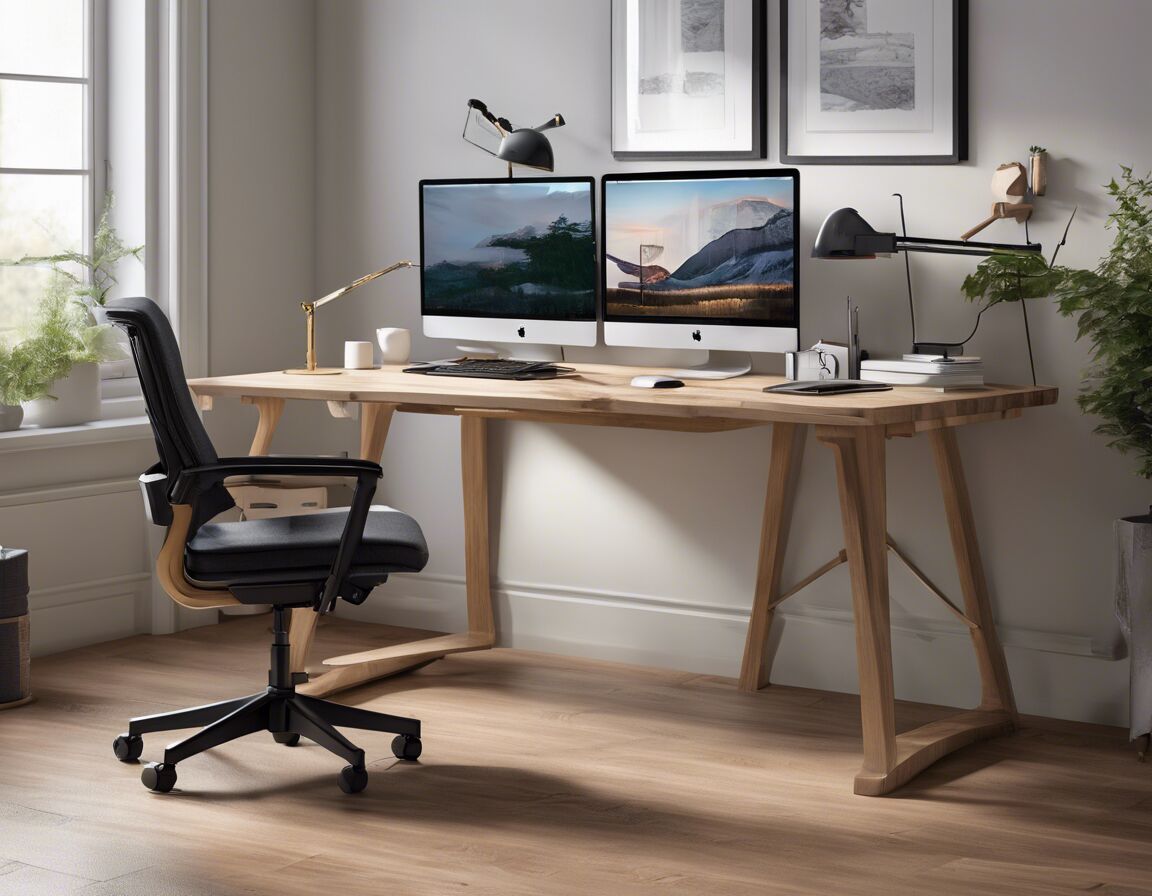
Sensory chairs
Sensory chairs are designed with various textures and movements to provide sensory input. This type of furniture can help students remain engaged in their tasks while supporting their sensory needs.
Sensory tables
Sensory tables offer a space for tactile play and exploration, which can be beneficial for cognitive and sensory development. These tables can be filled with various items like sand, water, or textures for students to interact with.
Creating a sensory-friendly environment
In addition to choosing the right furniture, creating a sensory-friendly environment involves considering factors like color schemes, lighting, and noise levels. A well-thought-out classroom can minimize distractions and enhance students' learning experiences.
Color schemes
The colors used in a classroom can influence mood and focus. Soft colors tend to be more calming, while bright colors can energize. It's important to balance these elements to create a comfortable learning space.
Lighting
Natural light is the best option for classrooms as it helps create a welcoming atmosphere. However, not all classrooms have access to it. In such cases, choosing soft and adjustable artificial lighting can help reduce glare and create a more comfortable environment.
Noise control
Noise can be a significant distraction, particularly for students with sensory sensitivities. Using carpets, curtains, and noise-absorbing materials can help dampen sounds and create a quieter atmosphere.
Quiet room accessories
Quiet room accessories, such as soft toys, weighted blankets, and calming tools, contribute to a sensory-friendly environment. These items can create a safe space where students can retreat when feeling overwhelmed.
| Accessory | Description |
|---|---|
| Weighted blankets | Provide a calming effect through gentle pressure. |
| Soft toys | Offer comfort and support during stressful moments. |
| Noise-canceling headphones | Help manage auditory sensitivity by blocking distractions. |
Conclusion
Investing in specialized classroom furniture is essential for supporting the sensory needs of students with autism. By prioritizing comfort, ergonomics, and a sensory-friendly environment, educators can help enhance the learning experience for all students. For more information on specific types of furniture, check out our individual pages on calming beds, ergonomic desks, sensory chairs, sensory tables, and quiet room accessories.
Pros
- Improves sensory management in classrooms.
- Encourages involvement and collaboration among students.
- Promotes physical comfort and focus.
Cons
- May require a higher initial investment.
- Space constraints in classrooms can limit options.
- Maintenance of specialized furniture may require additional effort.
